On Monday, Gašper and I bundled up and took advantage of the bank holiday (a concept I’m still struggling to comprehend) and joined a tour to the Hill of Tara and Newgrange – both magical parts of ancient Irish history. I suggest that those who are unfamiliar with these places read up on Wikipedia – it will be better-researched and more informative than anything I could jot down here in the little time I have.
What I can give you are my impressions, starting with the following image, taken by G at on The Mound of Hostages at Tara:
It was a sunny, windy day which made for perfect visibility at both of these green expanses. Tara is best seen from an aerial view, so here is an image I didn’t shoot to give you an idea of the sheer scale of the place:
Something about the air and the unfamiliar contours here genuinely feels like a gateway to another world – which is actually part of Tara’s pagan mythology, in addition to it being the sacred dwelling place of the gods.
In all my travels, I’ve never stood in (or on, in the case of Tara) a monument so ancient. I would have thought that, by now, I’d be used to Very Old Places, but the weight of history was far beyond anything I’ve experienced before.
We squinted into the sun, shivered in the wind, inhaled magic and ran up grassy ridges, not worried about slipping in the mud our guide repeatedly warned us about.
There wasn’t nearly enough time to fully take everything in, but on a day as cold as that this was probably for the best. I hope to return by car in warmer times.
The Mound of the Hostages is a megalithic ‘passage tomb’ and is the oldest monument on the hill of Tara, dating to about 2,500BC. Its comes from the custom of overkings at Tara detaining important people from subject kingdoms to ensure their submission. (Source.)
G inspecting the entrance to Mound:
The wind was so strong, you could lean into it.
On our way back to the bus and the thermos of piping-hot Empress Grey waiting in our seat, we walked through the cemetery at St. Patrick’s Church – a cemetery so perfectly, eerily dilapidated, it almost felt like a movie set, swarms of massive crows and all.
This is a pretty nice statue of Saint Patrick in front of the church. We were told his extended hand had to be re-made, after years of erosion had him giving visitors the rude finger. At an earlier point in time, the nuns stole the offending hand and turned it to face downward, giving the saint what was described as “a queer appearance”.
A cemetery and bell tower we passed on the way to our next destination:
No one really knows the exact intended purpose of the enormous Newgrange mound and the tiny chamber it houses. All that can be said with any certainty is that one of its uses was connected to the Winter Solstice, when the light of the rising sun hits the narrow tunnel above the entrance and enters the passage. A beam bisects the floor of the inner chamber for just seventeen minutes.
The archeologist who took us inside demonstrated the solstice sun effect by running a simulation – a surprisingly powerful experience, enhanced by the incredible heft of entering a place so ancient and mysterious.
Walking through the cramped, dark corridor to the ritual chamber, I held my breath to avoid touching the carved stones, afraid that my twenty-first-century presence in a place this old would disrupt the space-time continuum. Inside the chamber, this feeling amplified.
The carved stones outside the mound, decorated with symbols whose meaning has yet to be deciphered. Maps to another world? The elements?
There’s certainly plenty of speculation to be found in print and online.
The Newgrange air was more potent than at Tara, as was the sense of unreality. Bowled over, I wasn’t especially focused on taking pictures, but here are a few more I like. No photos are allowed inside the chamber itself, but I probably wouldn’t have taken any, anyway.
In closing, a fitting quote from Twin Peaks – a favorite show I watch every October and wrapped again over the weekend.:
My people believe that the White Lodge is a place where the spirits that rule man and nature reside. There is also a legend of a place called the Black Lodge. The shadow self of the White Lodge. Legend says that every spirit must pass through there on the way to perfection. There, you will meet your own shadow self. My people call it The Dweller on the Threshold. ~ Deputy Hawk
What we decided might have been a crematorium:
We went inside, but didn’t stay long – actually too creepy.
On the hair tip: I haven’t bleached and touched up my roots since coming to Ireland, but I’ve been over-dyeing them every so often.
This guy melts my face clear off.


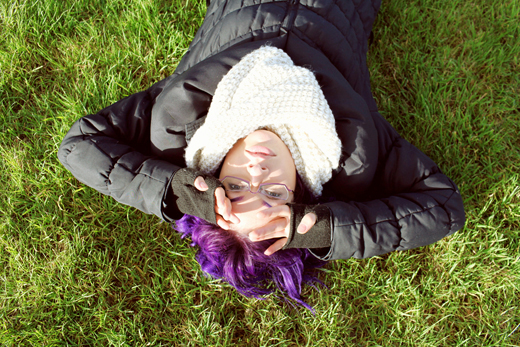
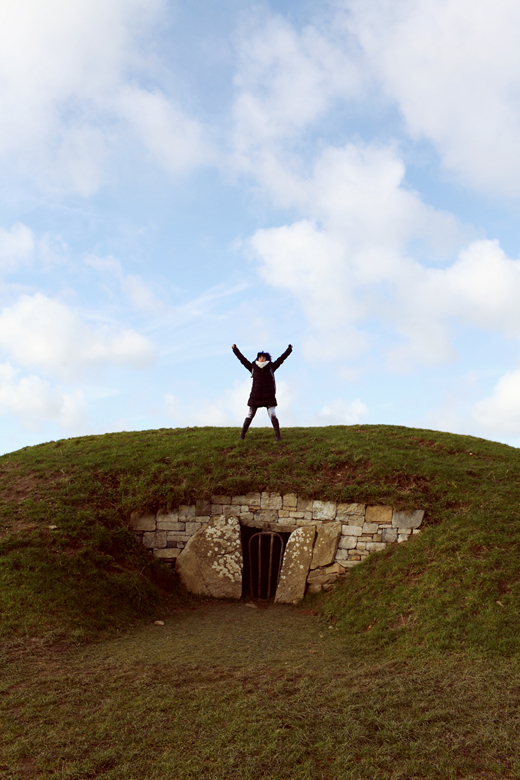
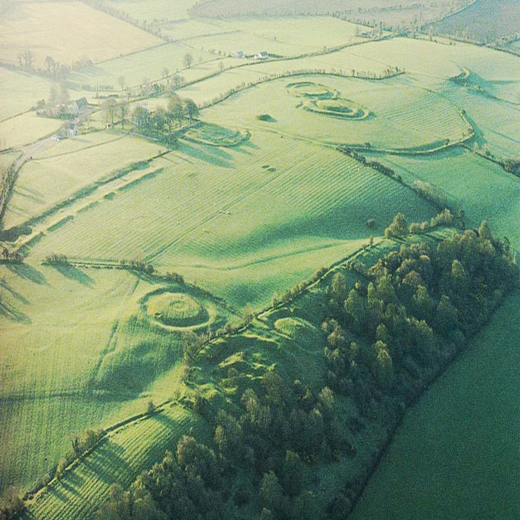
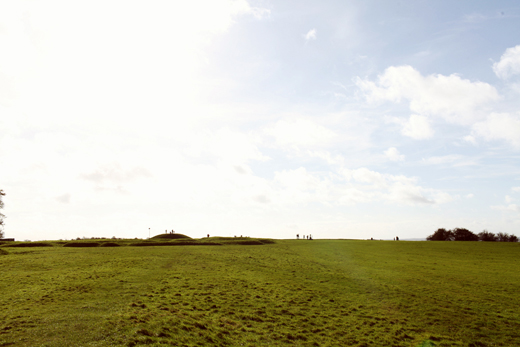
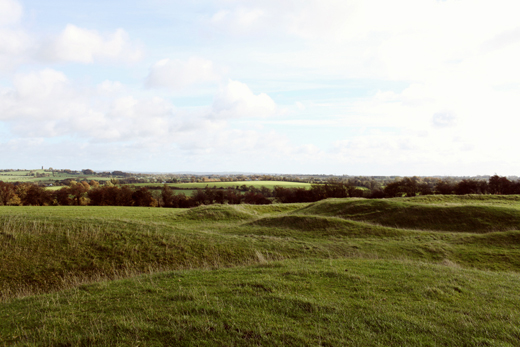
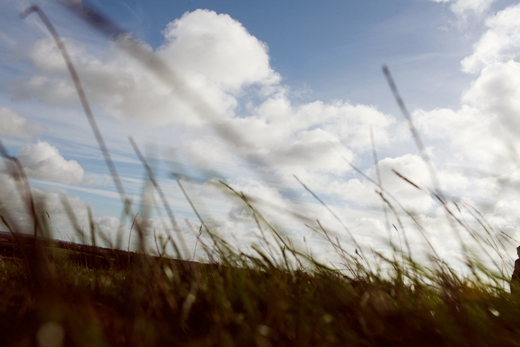
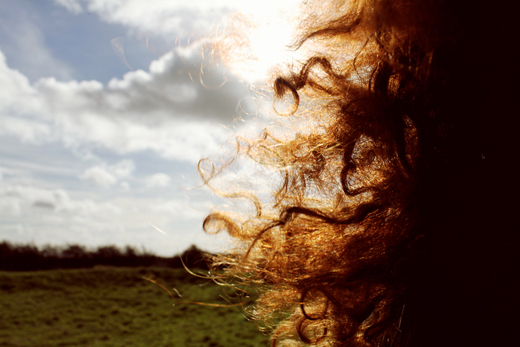
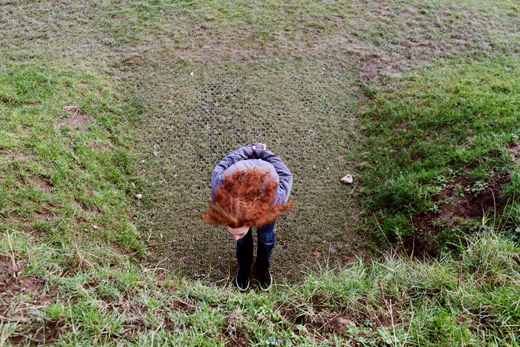
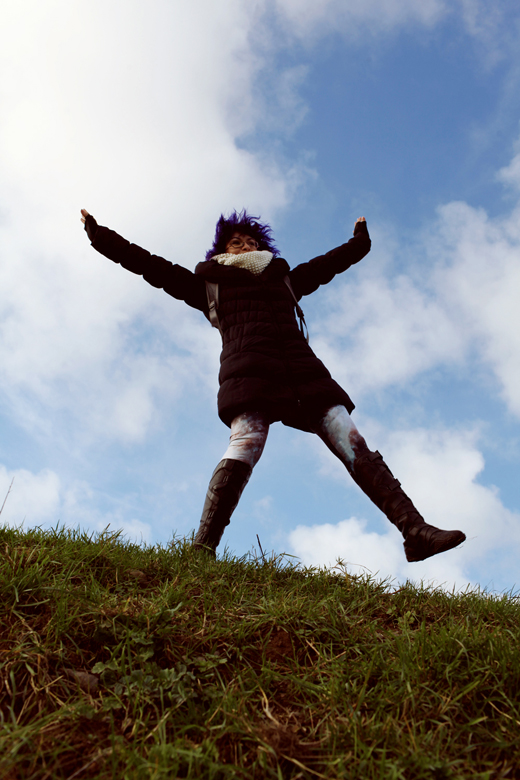
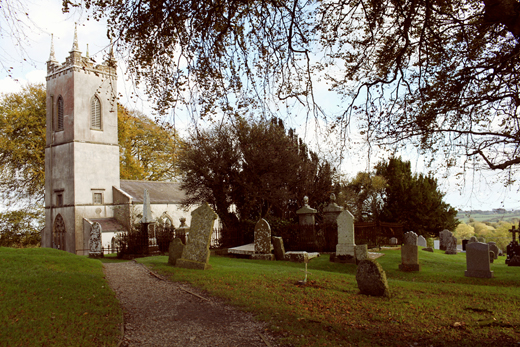
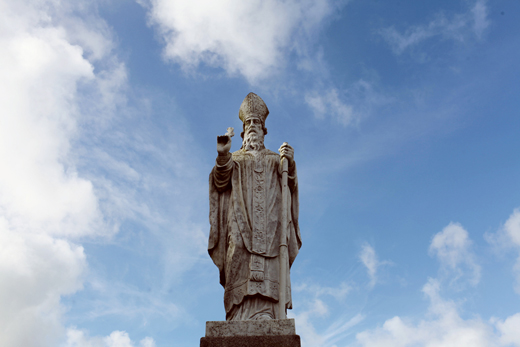
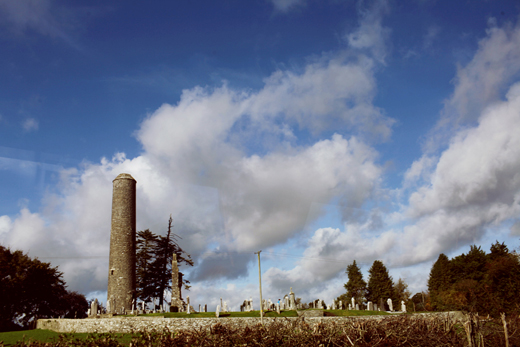
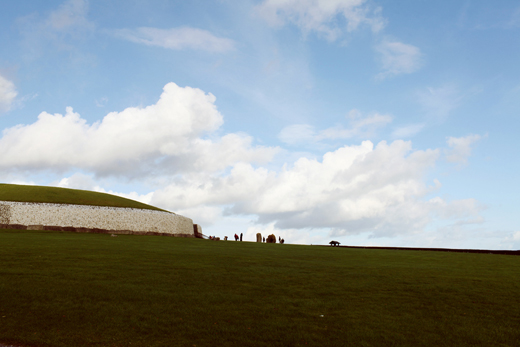
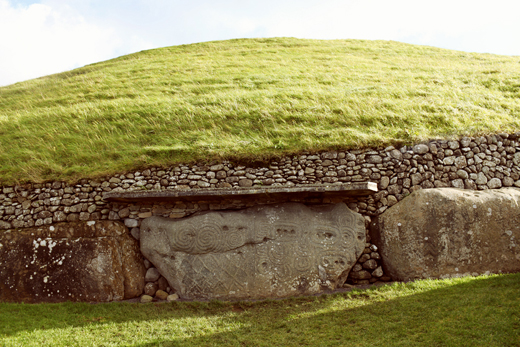
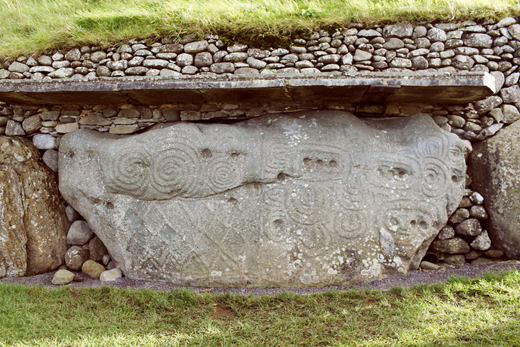
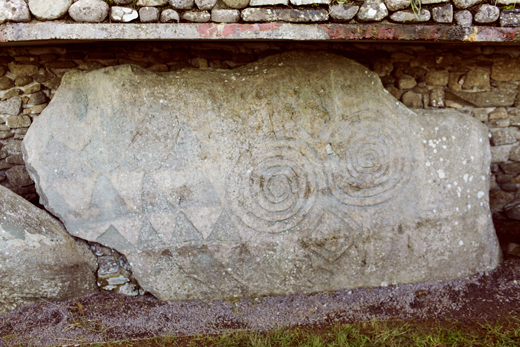
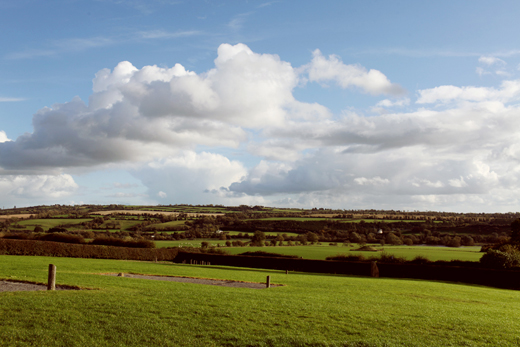
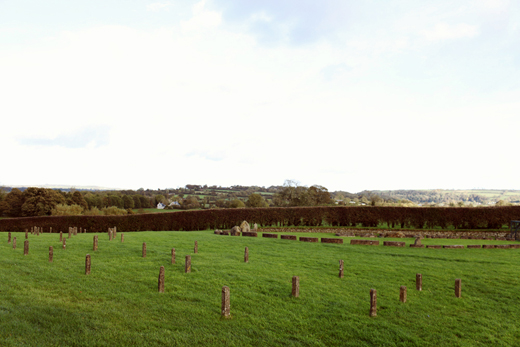
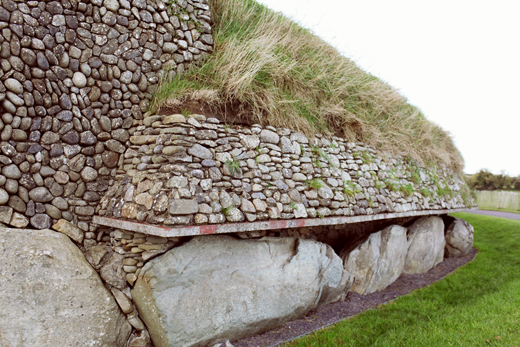
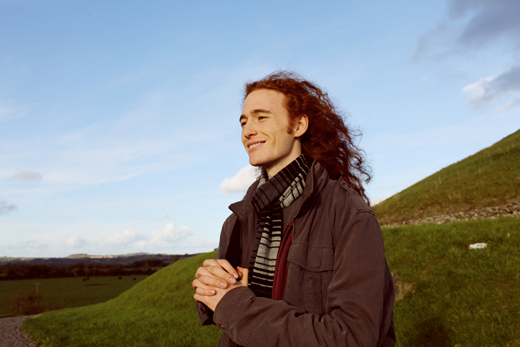
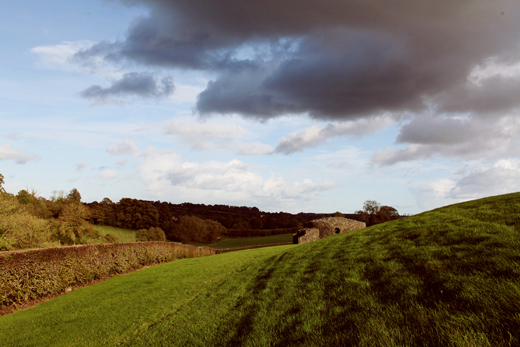
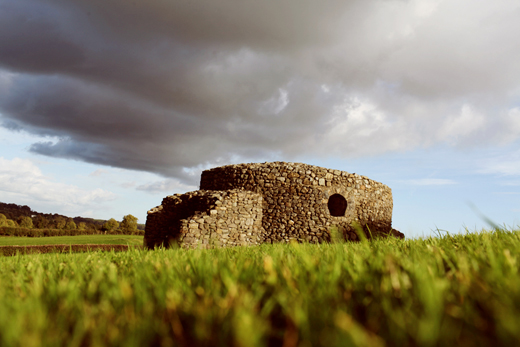
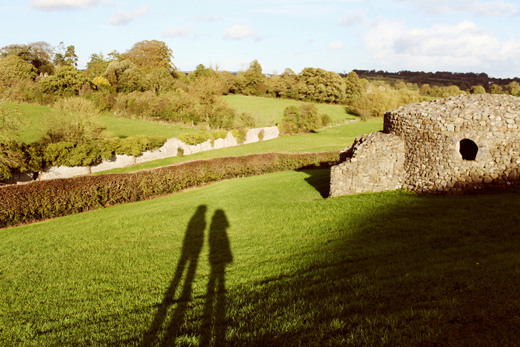
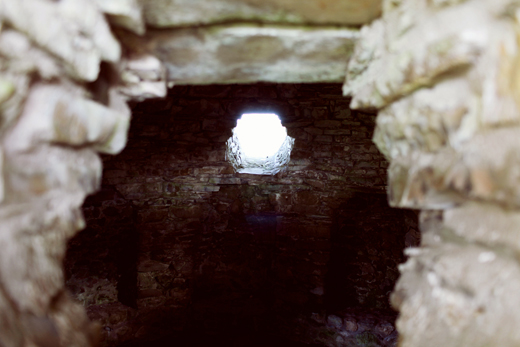
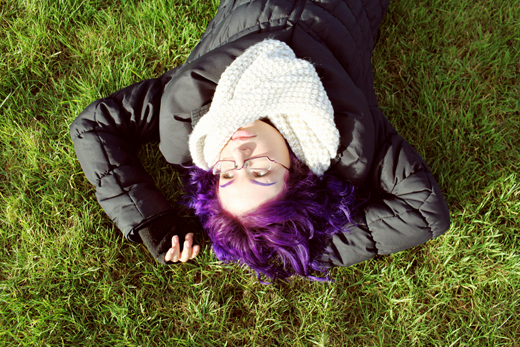
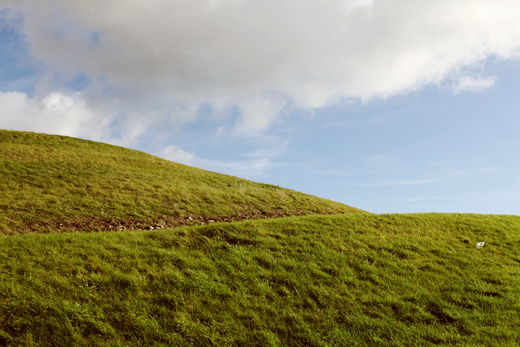
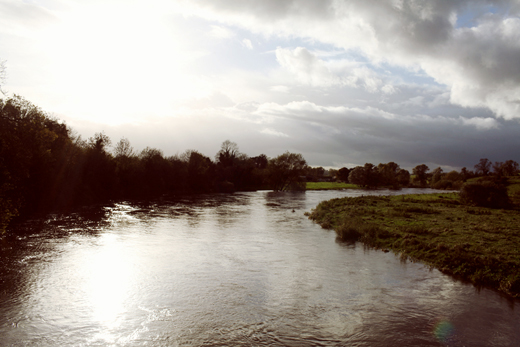
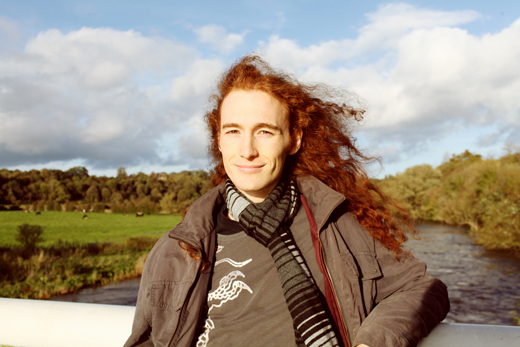
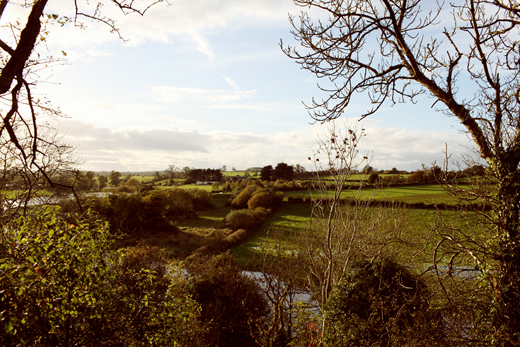
Part of my undergraduate dissertation touched on the symbols you find at these sites. My argument was that the similiarity between these symbols and the sorts of patterns people see when they are high was statistically significant, and I was fairly certain that drug-use was a large part of the ritual element of neolithic cultures throughout the European Neolithic.
There’s a particularly awesome series of collared flasks from the TRB culture of the North European Plane which are, I argue, basically opium poppies.
I loved visiting these places when I was last in Ireland!
If you get a chance you should visit Drombeg Stone Circle and Kilmainham Gaol. They, among the places in your post here, were some of my absolute favorite places.
Simon, our tour guide and the archeologist who took us into the chamber both mentioned similar theories – I wouldn’t be surprised if that were the case! Is there someplace online I could see said flasks?
Aise, I live a 3-minute walk away from Kilmainham Gaol and have some photos to post from my visit there – truly amazing place! Thanks for the Dromberg Stone Circle tip, I’ll have to have a look.
Hrmmm, apparently not. Admittedly I only found the things by digging through dusty pre-war Polish archaeological journals in obscure museum libraries in Edinburgh. I guess they’re probably not things that anybody has gotten around to putting online yet.
I could scan the relevant pages of images from my dissertation (if I can still find it) and email them to you if you’d like?
sss (d0t) editor (at) googlemail (dot) com
I want to touch those stones.
Your work, pictures and descriptions are fascinating and persuasive to visit the magic places, still home of the gods constantly created by men
A good friend frm Ireland goes to school in Lund, spent 4 weeks in Yantalo and will go back for 6 months in 2015…
Best. Luis